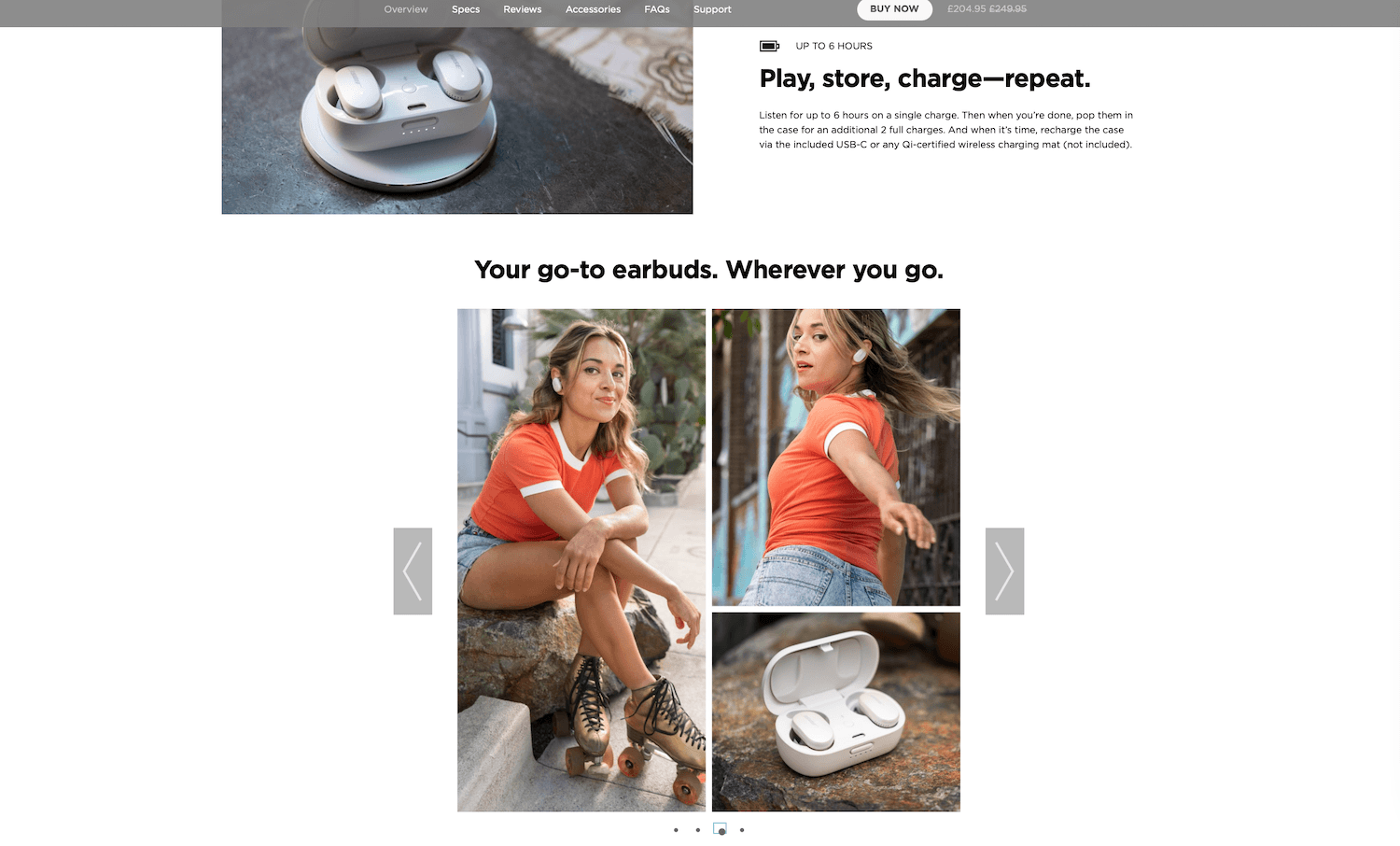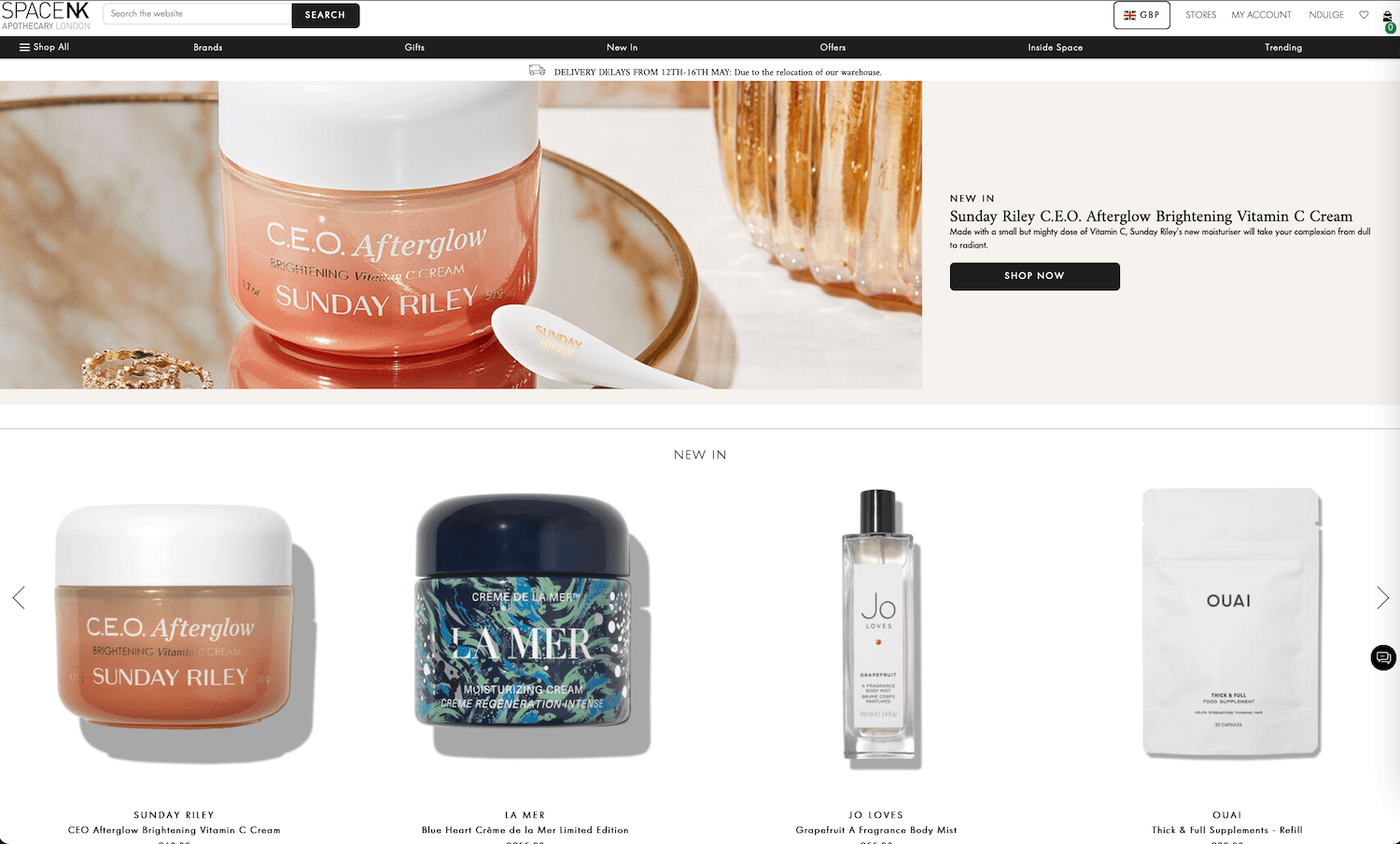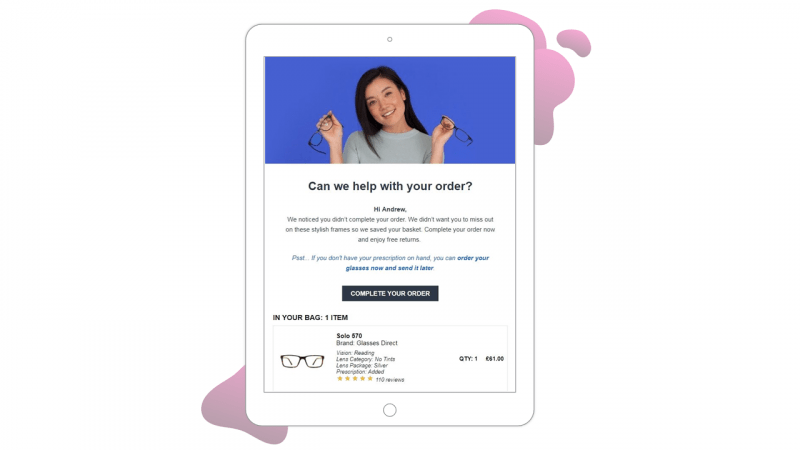The best businesses know the value of their customers. And whilst attracting new shoppers is an important component of success, keeping your existing customers happy should be at the top of your priority list. In fact, loyal customers can be worth up to 10x as much as their first purchase. With the pandemic forcing many businesses to cut marketing acquisition budgets, re-engaging shoppers that have bought from you in the past has never been more crucial.
The person-to-person experience has been key to building customer loyalty since retail began. And despite more consumers heading online to shop, there are many ways businesses can recreate that personal connection between customer and brand. What’s more, brands now have more opportunities to encourage customer-to-customer experiences too.
In an increasingly connected world where consumers look to their favorite brands for inspiration on social media and share their product reviews far and wide across the web, successful brands harness the power of social proof to reinvent the person-to-person experience and foster customer loyalty. Here are three ways you can use social proof in your own marketing.
1️⃣ User-generated content
User-generated content (UGC) is marketing at its most authentic. It makes for a smart customer acquisition tactic but crucially, it helps build a sense of community among existing customers.
Post-purchase emails
Try using user-generated content (UGC) in your post-purchase emails to give customers inspiration on how to use or wear their new product. Our research shows that one in four females enjoy receiving ideas on how to wear their new purchase. This is a perfect opportunity to add UGC showing real customers wearing the item of clothing. For new customers, this serves to welcome them into the fold and establish a relationship that goes beyond simply buying and selling. For returning customers, it’s a nifty re-engagement tactic.
Live social feeds
Adding live social feeds on web pages and in emails can help build a sense of community that retailers across all sub-verticals, and especially brands with a younger, image-conscious customer base, could benefit from.
Bose showcases social media feeds on their product pages alongside technical details, helping customers imagine how the product will fit into their life by showing inspiring images of real people using the item. They’ve also ticked all the UGC best practice boxes by telling customers the type of content they’re looking for and letting customers know exactly how they should share their UGC, right down to the relevant hashtag.

Showcase your best UGC
Make your customers your best marketing assets by showcasing UGC in email newsletters, and crediting them for their work.
This email newsletter example from Jessops includes a ‘photo of the week’ taken by a customer using Jessops photo products. Not only does this inspire customers with ways they can use the equipment, it also creates a sense of community by shouting out the customer for their good work.
👉 Best-practice tips
To keep content fresh and the manual effort to a minimum, incorporate real-time social feeds to automatically pull the latest posts into web pages and emails.
2️⃣ Product recommendations
Offering recommendations is a tactic as old as retail itself. In physical stores, sales clerks have been trained to help close the sale and increase the average order value by suggesting additional products the customer might like.
Retailers can mimic this experience online using a product recommendation engine, allowing them to suggest items based on a combination of behavioral data, business rules, and social proof. Social proof in product recommendations, such as ‘bestsellers’, ‘trending’, and ‘top-rated products’ is a great way to show what other customers are buying and provide inspiration for the next purchase.
Provide customers with relevant inspiration for their next purchase through social proof recommendations tailored to each customer’s preferences. This email from FFX Tools recommends best-selling batteries, personalized to reflect the shopper’s favorite brand.
👉 Best-practice tips
Boost the effectiveness of your product recommendations by including icons showing how often the item was carted or purchased recently. Star ratings are another good addition, as they serve to build trust and encourage click-throughs.
3️⃣ Reviews and ratings
Customer reviews are invaluable to online retailers. Without the ability to try products out before they buy, consumers naturally seek the opinions of their peers when making a purchase. What’s more, giving customers the chance to share their positive purchase experiences is crucial.
Ask customers for reviews in your post-purchase communication. This will allow you to keep in touch and potentially set up another purchase.
Your frequent buyers are also an ideal source for positive reviews, so be sure to encourage them to share their experience. If you have a customer loyalty program in place, you can also award loyalty points in exchange for reviews.
One in three consumers are sceptical of brands that fail to share product reviews. So once you have collected your reviews, add them to your emails and web pages to showcase your community of happy customers. Display reviews and ratings alongside product information on your website and in emails to reassure shoppers as they research and compare options.
Space NK creates a buzz around top rated products by highlighting them on their homepage. The star rating and customer review show their shoppers that this is a product worth looking at.

Glasses Direct encourages shoppers to return to their site by adding star ratings to their cart and browse abandonment emails. For an undecided shopper, this could be the final motivation they need to make a purchase.

When using reviews and ratings in your marketing emails, filter product recommendations by a minimum star threshold to make sure you showcase your top performers.
Glasses Direct also builds trust and showcases customer satisfaction with real-time ratings on their product pages. Using up-to-the-minute data to display how many people have bought the product that same day is a nice touch.
👉 Best-practice tips
When it comes to reviews and ratings, it’s crucial to pull them in real-time from your product rating provider or in-house solution. That way, you ensure that only the most recent reviews are shown. With 40% of consumers only considering reviews written in the past two weeks, it pays to use real-time technology.
Ecommerce brands of today might not have the same physical opportunities to foster traditional person-to-person experiences as their retail predecessors did. But by incorporating real-time social proof in their marketing, they can set the standard for a new type of person-to-person experience that delights customers at every turn. Download the Fresh Relevance Retail Social Proof Barometer for more social proof tactics to recreate the person-to-person experience.





